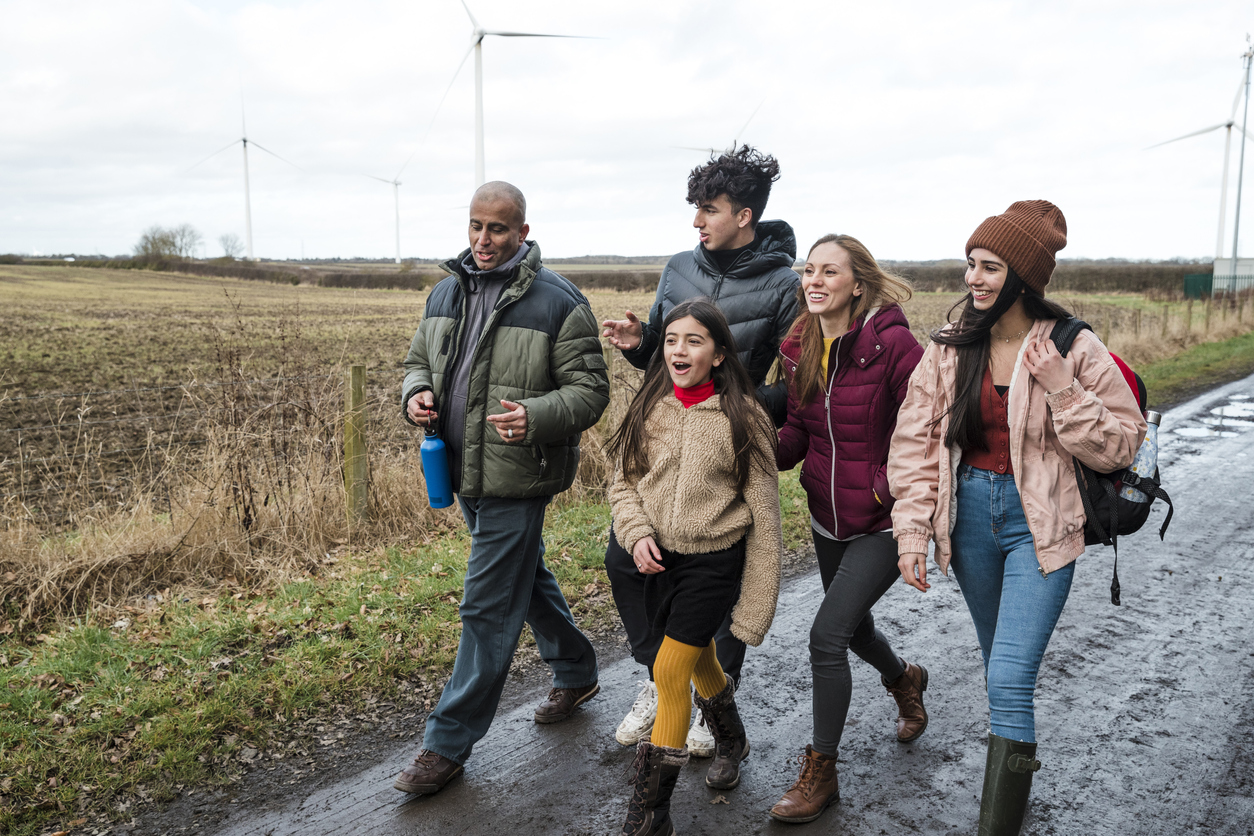
Schools have a responsibility towards children and young people in kinship care. Find out how the school should be supporting your child.
How to find and apply for a new school for your kinship child
This advice applies to: England
Click on the link below to take you to the section you'd like to read:
Choosing a new school for your kinship child depends on whether you have parental responsibility for them.
If you are:
you don’t have parental responsibility for your kinship child. Informal kinship carers and private foster carers need to work with their child’s birth parents to come to any decisions about choosing a school. Kinship foster carers need to work with their child’s social worker.
If you have a special guardianship order (SGO), you have overriding parental responsibility and can make decisions about school. It’s still best to involve your child’s birth parents in any conversations about choosing a school where it’s safe to do so.
If you have a child arrangements order (CAO), you share parental responsibility with your child’s birth parents so must make decisions about school together.
In England, all children should attend school from the September after they turn 4.
4-year-old children may start in an infant school, before moving to primary school, then secondary school. Some schools combine infant and primary into one.
Children will be in:
In England, young people need to continue in education, employment or training until they’re 18. They can leave school at 16 but must continue some form of education or training, even if working or volunteering. Some 16-year-olds will stay in education and choose a post-16 qualification, like:
Students take these in college or a school’s sixth form.
Finding the right school for your kinship child depends on:
Your local authority can provide a list of schools in your area. Look on their website, usually under a “schools” or “education” heading, or use this government website tool. To help you decide on the right school for your kinship child, you can:
Depending on your relationship and situation with the birth parents, you may also want to discuss:
If you’re interested in home schooling, there’s GOV.UK guidance on this.
You can approach private schools directly. The Royal National Children’s SpringBoard Foundation can provide private school advice, support and funding information.
You can find information about a school’s admissions policy on their website. There will be information about their priority admissions. Apply for schools through your local authority using an application form. You can find the application process for your local authority using this government tool. You can apply to multiple schools.
Normally, you apply for primary school in the autumn of the year before your child starts school. You can find the deadline for applications on your local authority’s website. You find out where they’re placed in the April before they start.
Applications usually open on 1 September the year before your child moves school. You can find the deadline for applications on your local authority’s website. You find out where they’re placed in the March before they start.
Two important factors for deciding a secondary school place are:
Schools should prioritise your child in admissions if they:
You must state in the school application if this applies to your child, although it doesn’t guarantee a place at any school.
As much as possible, the local authority must make sure the child gets into a school that:
If your child does not get into their chosen school, you can appeal the decision. Details for appeals will be on your local authority’s website.
Here at Kinship, we offer a range of free support for all kinship carers, including:
To find services, information and support in your local area – including information about your local children’s services – use our Kinship Compass tool.
You can also contact the Kinship advice team for free, non-judgmental advice and information if you live in England or Wales.
Sign up for emails to keep up to date with the information that’s important to you, from support and advice for kinship carers, to our latest news, events and campaigns.